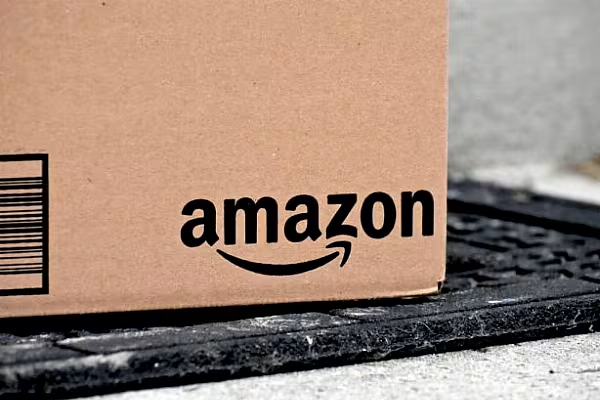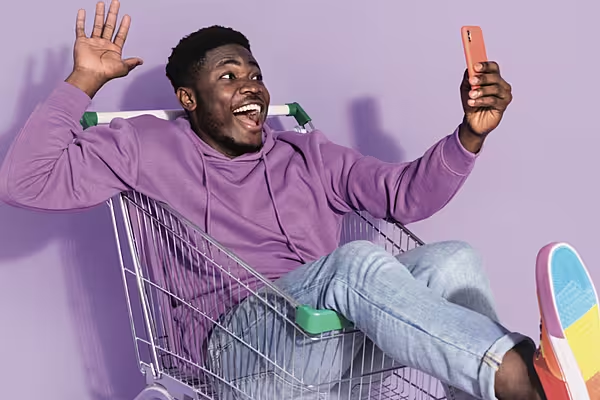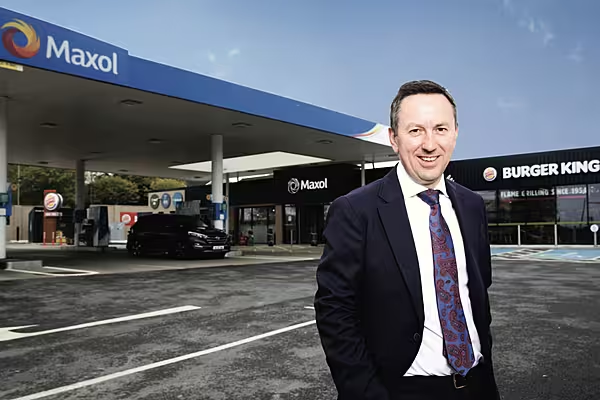Vincent Wang needed new jeans and a coat just before classes began this semester at the University of California, Davis, where he studies nutrition. Rather than trek several miles off campus to the nearest Target or Walmart, he ordered the clothes from Amazon.com Inc. and retrieved them from new Amazon pickup lockers right next to the university store that sells Aggies T-shirts and hoodies.
Wang, 21, is one of millions of students who have taken advantage of Amazon Prime Student, which offers all the benefits of a regular Prime membership -- quick delivery, music and video streaming and free online photo storage -- for $50 a year, half the regular price. Amazon’s strategy echoes the one used for decades by the credit card companies: snag young consumers early and, with artful promotions, try to make them loyal for life.
The pickup lockers are just another way to pull students into the Amazon universe, giving them convenient locations to retrieve packages if they’re worried about having merchandise sent to dorm rooms and apartments. The centrally located kiosks mean Amazon can offer same-day delivery of 3 million products on many campuses -- faster than standard two-day delivery. The program catches students as they are forming new shopping habits, much like the Amazon program that woos new parents with discounted diapers.
“Even though it’s just a dorm room, college students are setting up a new household for the first time and doing their own laundry and getting their own groceries,” says Melanie Shreffler, senior insights director at the market research firm Cassandra. “Amazon steps in and plays the role of mom and dad for them in making sure they have what they need during this transition.”
Amazon is expanding campus locations much more quickly than bookstores serving the general public. The company has two bookstores in Seattle and San Diego and two more on the way in Portland, Oregon, and the Boston suburbs. By the end of the year, Amazon will have staffed pickup kiosks serving more than 500,000 college students at 16 schools around the country, including Purdue University, University of Massachusetts Amherst and the University of Pennsylvania. The expansion will continue next year, with Amazon targeting big schools with administrations receptive to kiosks that are meant to complement, not replace, the campus store, says Ripley MacDonald, who runs Amazon’s student programs.
“On a college campus, you have all of your future customers in one place,” he says. “We graduate students into full-price prime memberships.”
Amazon has used its Prime program to keep ahead of competition in e-commerce. It keeps increasing the value of membership by offering faster delivery services and additional entertainment options, locking in customers and making them less likely to shop elsewhere.
Younger, tech savvy shoppers are more inclined to buy Prime memberships than older shoppers accustomed to seeing and touching things in a store before buying them, says Mike Levin of Consumer Intelligence Research Partners in Chicago, which estimates that more than half of all U.S. residents form 18 to 34 have Prime memberships.
The common thread with all of the schools so far is that their graduates typically earn more than the median for college graduates, providing Amazon with a pipeline of future customers with high earning potential. Amazon says it doesn’t consider grads’ income when selecting schools.
For years, the campus store business has been dominated by Follett Corp., which has more than 1,000 locations nationwide, and Barnes & Noble Education, which operates 751 campus stores serving 5 million students and faculty. But they mostly sell textbooks and school supplies. Amazon offers much more, bringing mass-market inventory directly to campus. The typical student spends $2,000 a year on clothes, according to the National Association of College Stores, more than double what they spend on books and supplies.
Amazon’s stores vary in size and by design. Some feature lounges where students can sit on sofas and try an Amazon Fire TV streaming device. All have lockers where students can pick up their orders. Students who place an order on Amazon get an e-mail when their orders are ready along with a bar code to open the locker containing their goods. Deliveries are made to a small storage area behind the lockers, where employees sort through the deliveries and place them in lockers. Amazon hires mostly students to work at the stores.
Helping students access lower-cost text books is how Amazon forged a relationship with the UC Davis six years ago, says Jason Lorgan, who oversees the campus store. The university-owned bookstore offered students shopping online other options for text books, which sent a lot of traffic to Amazon, prompting the company to contact the school to expand the relationship.
“Our goal is to let our students have their course materials at the lowest possible price, and we don’t care where they get it,” Lorgan says. “That’s how we got on Amazon’s radar.”
News by Bloomberg, edited by ESM. To subscribe to ESM: The European Supermarket Magazine, click here.














